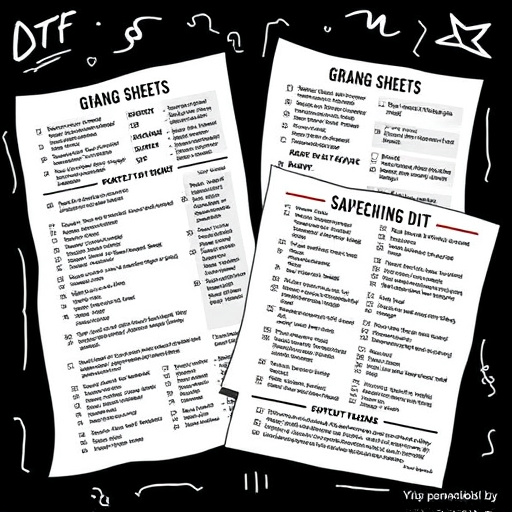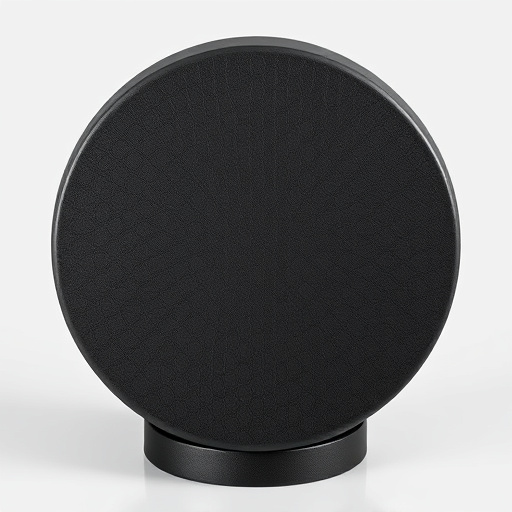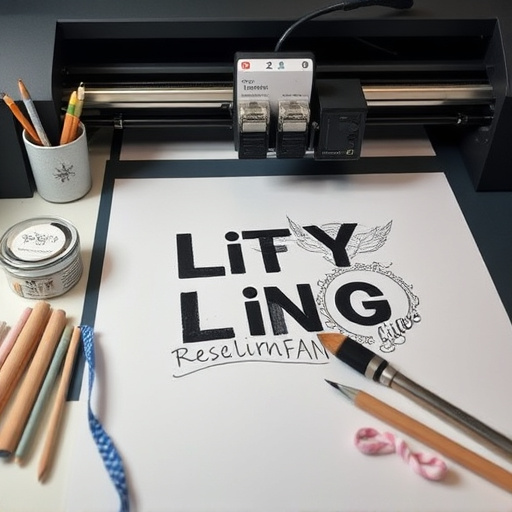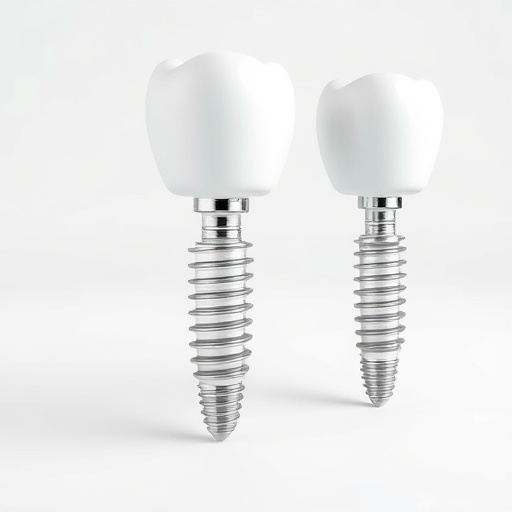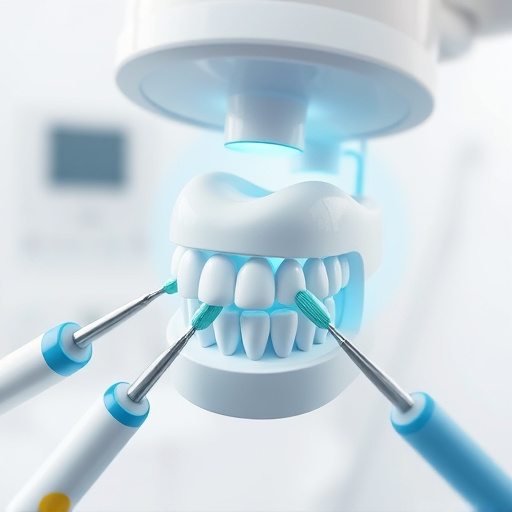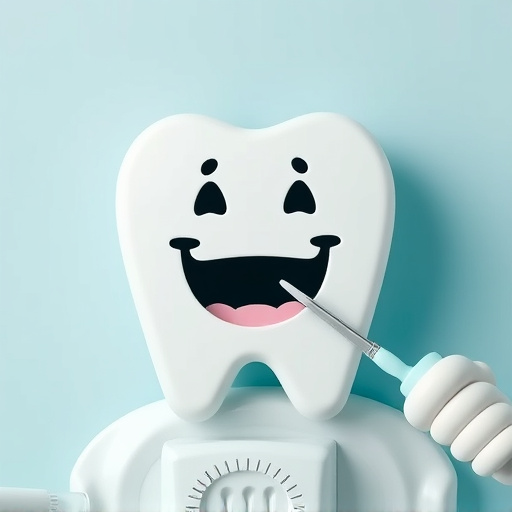Dental sealants for teeth are thin, durable coatings that protect enamel against bacteria and acids, blocking food particles from hard-to-reach crevices, especially in wisdom teeth. Ideal for children and teenagers to safeguard emerging adult teeth, they also benefit adults as part of a comprehensive oral care routine, offering long-lasting protection against cavities and saving time and money by avoiding invasive procedures.
Dental sealants for teeth are an effective, yet often overlooked, tool in maintaining a strong and bright smile. This article delves into the world of dental sealants, exploring how these protective layers safeguard your teeth from cavities and decay. By understanding their mechanism and benefits, you’ll discover why sealants offer long-lasting protection, keeping your smile vibrant and healthy for years to come.
- Understanding Dental Sealants: A Protective Layer for Teeth
- How Sealants Prevent Cavities and Tooth Decay
- Benefits of Sealants: Long-Lasting Protection for Your Smile
Understanding Dental Sealants: A Protective Layer for Teeth
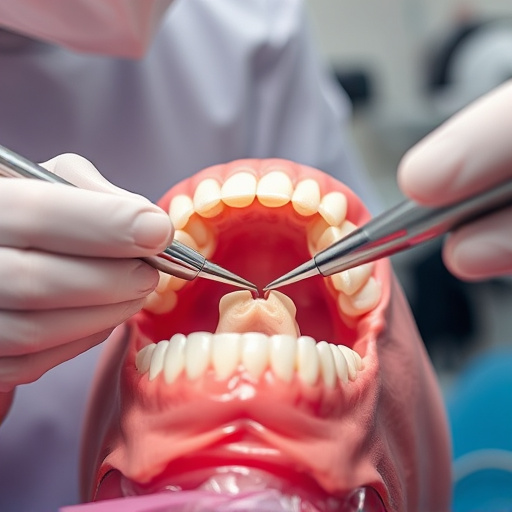
Dental sealants for teeth act as a protective layer, fortifying your enamel against decay-causing bacteria and acids. Applied directly to the chewing surfaces of back teeth, these thin, durable coatings create a barrier that prevents food particles and plaque from settling in hard-to-reach crevices. Think of them like a shield safeguarding your teeth from damage.
Unlike traditional fillings or clear aligners used for tooth repair, sealants are preventive measures designed to keep teeth strong and healthy. They’re especially beneficial for children and teenagers, as they protect emerging adult teeth during years of increased risk for cavities. However, adults can also benefit from dental sealants as part of a comprehensive oral care routine, ensuring a bright and lasting smile.
How Sealants Prevent Cavities and Tooth Decay
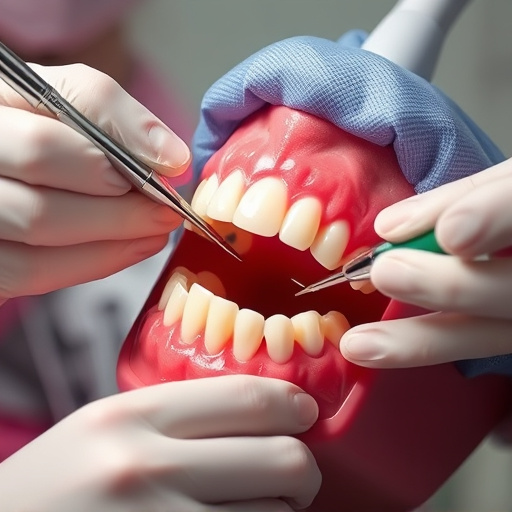
Dental sealants for teeth are a highly effective way to prevent cavities and tooth decay, especially in back molars like wisdom teeth. These thin, protective coatings are applied to the chewing surfaces of teeth, sealing out bacteria and food particles that can cause damage. By creating a barrier between the tooth and potential sources of plaque buildup, sealants significantly reduce the risk of tooth decay.
When left untreated, cavities can lead to further complications like toothache, infection, and even wisdom tooth removal. Regular oral exams play a crucial role in maintaining dental health, as they allow for early detection of any issues. Additionally, clear aligners, which are popular for straightening teeth, can also be used to apply dental sealants, offering both aesthetic benefits and enhanced protection.
Benefits of Sealants: Long-Lasting Protection for Your Smile
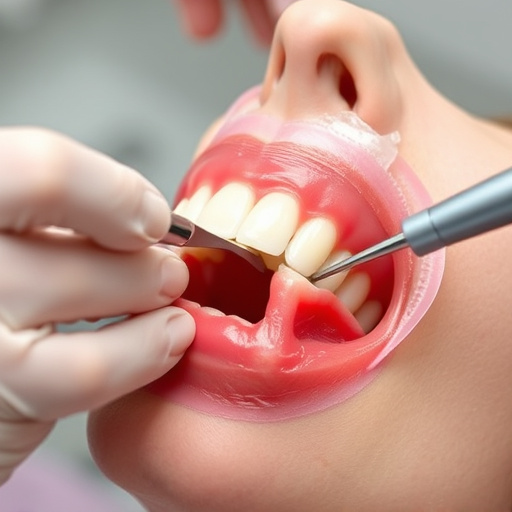
Dental sealants for teeth offer long-lasting protection that keeps your smile strong and bright. These thin, protective coatings are applied to the chewing surfaces of back teeth, where decay often starts. By sealing out bacteria and food particles, dental sealants help prevent cavities and tooth decay, providing a durable barrier that can last for years with proper care. This is particularly beneficial for children, as it helps them maintain good oral health early on.
Beyond preventing cavities, dental sealants also play a role in preserving the structural integrity of your teeth. Unlike fillings or dental crowns (which may be necessary if decay progresses), sealants offer a non-invasive solution that doesn’t require drilling or removing healthy tooth enamel. This makes them an excellent option for general dentistry practices, promoting oral health and saving time and money in the long run.
Dental sealants for teeth are an effective, long-lasting solution for protecting your smile. By applying a thin, protective coating to the chewing surfaces of back teeth, sealants prevent cavities and tooth decay by sealing out plaque and food particles. This simple yet powerful step can significantly reduce the risk of dental issues, keeping your smile bright and healthy for years to come.
